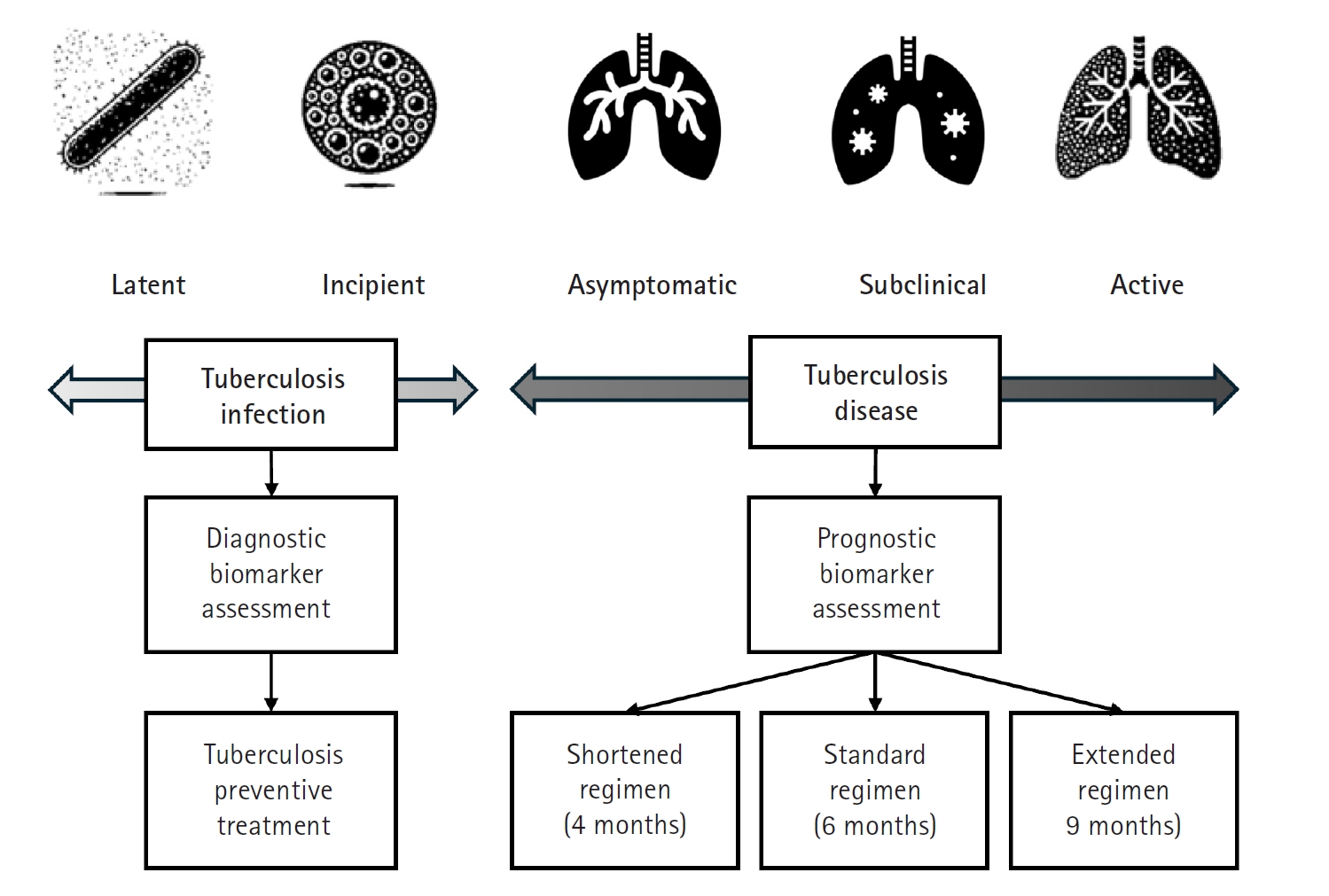
 , Bruno B. Andrade
, Bruno B. Andrade , Ju Sang Kim
, Ju Sang Kim , Yoolwon Jeong
, Yoolwon Jeong
Citations


Fecal incontinence (FI) is recurrent uncontrolled passage of fecal material in patients. The life expectancy of humans has increased. Elderly patients have a significant rate of FI. Therefore, the number of patients with FI will increase. For diagnosis of FI, the digital rectal exam, ultrasonography, and anal manometry are used. In addition, the severity of FI can be assessed using the FI score system by examining symptoms. Recent applications include three-dimensional ultrasonography and other novel approaches. The treatments for FI include biofeedback therapy, anal implant, artificial sphincter, nerve modulation, SECCA, stem cell therapy, and surgical intervention. Biofeedback therapy is a noninvasive procedure. Anal implant, stem cell therapy, and SECCA are all minimally invasive treatments. And more methods constitute intrusive treatment. None of these therapies has been conclusively demonstrated to be superior. Depending on the severity of the symptoms, a non-invasive approach or an intrusive treatment is most frequently employed. In this review, I will discuss the diagnosis and treatment options for FI.
Citations


